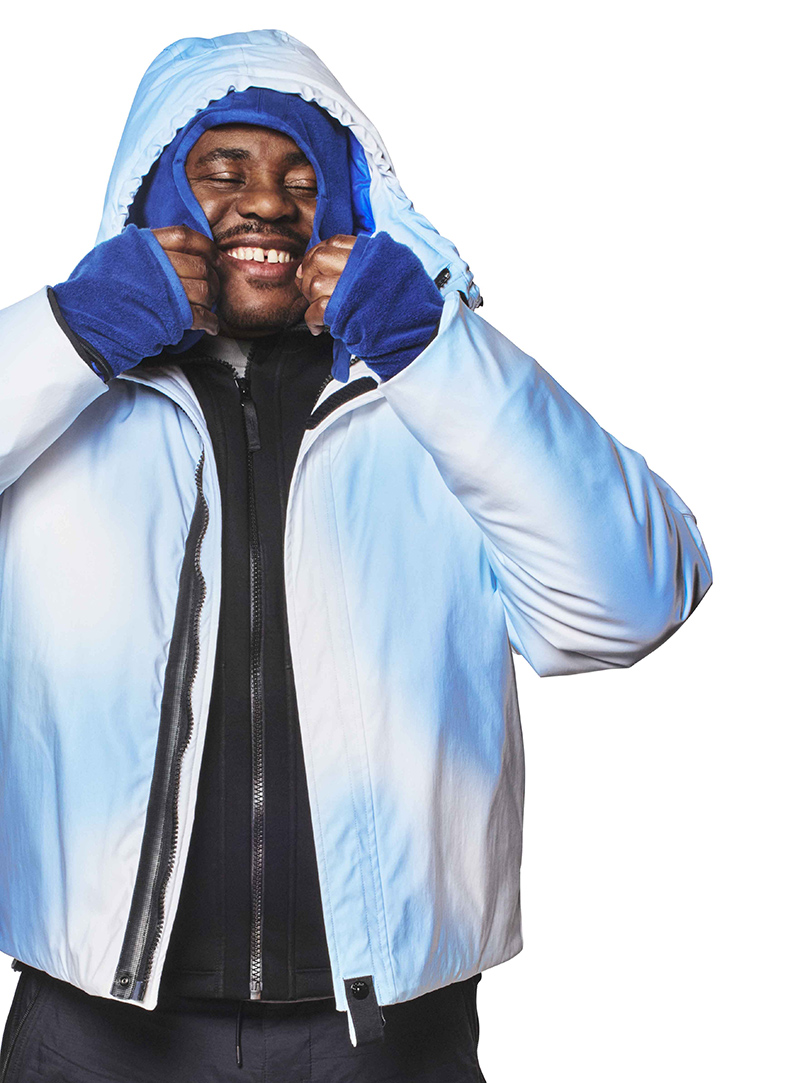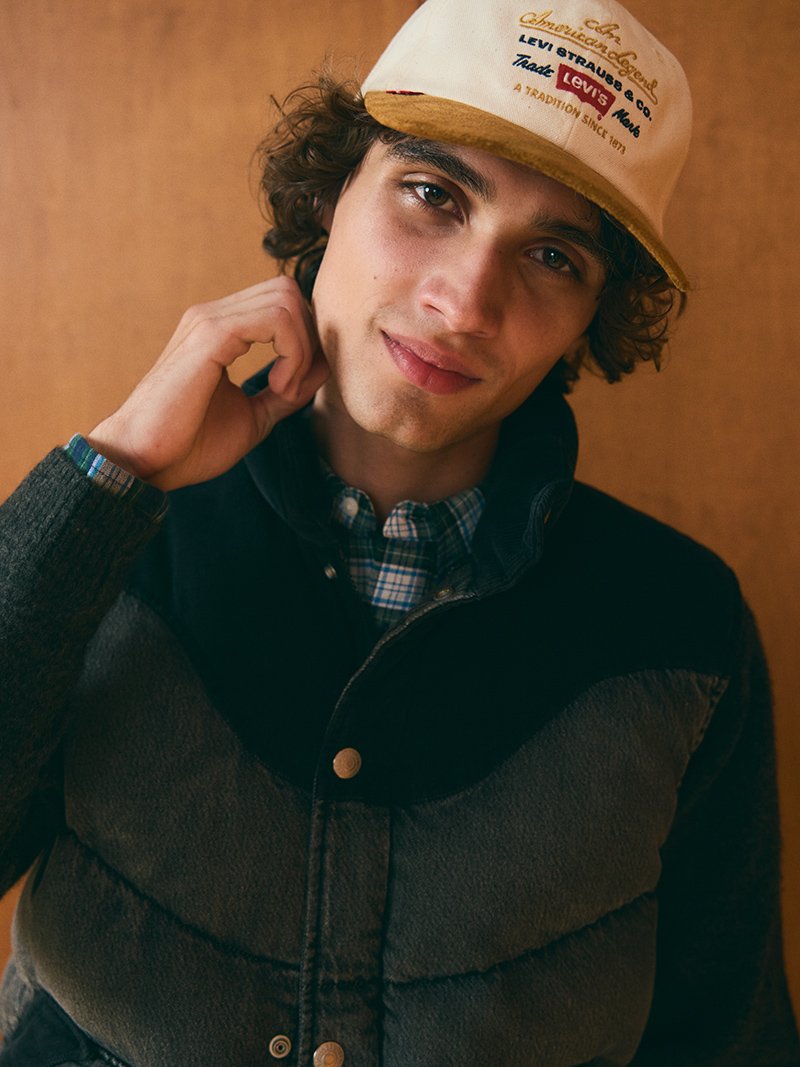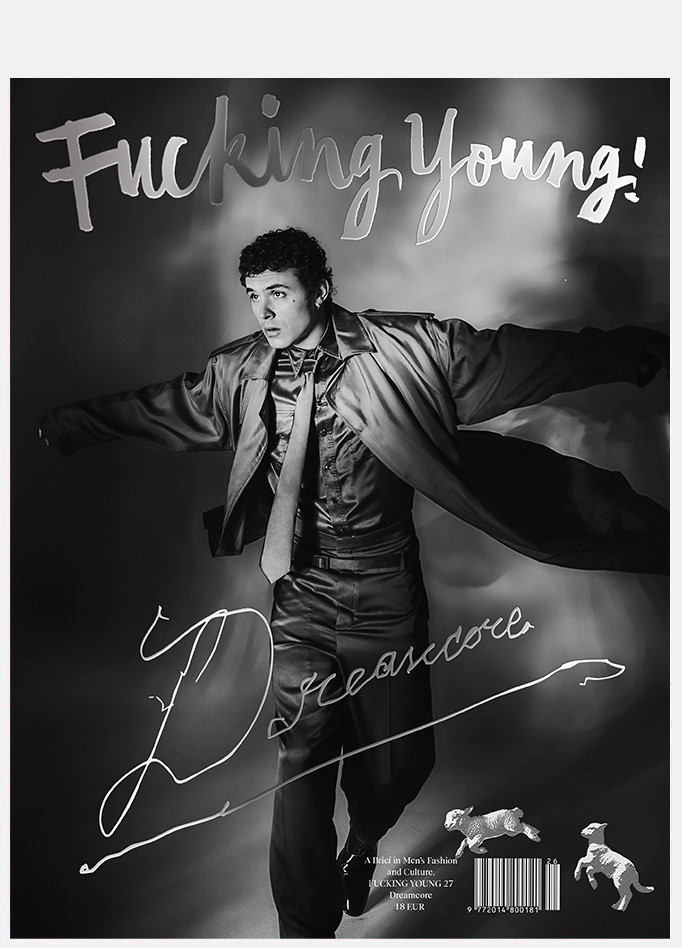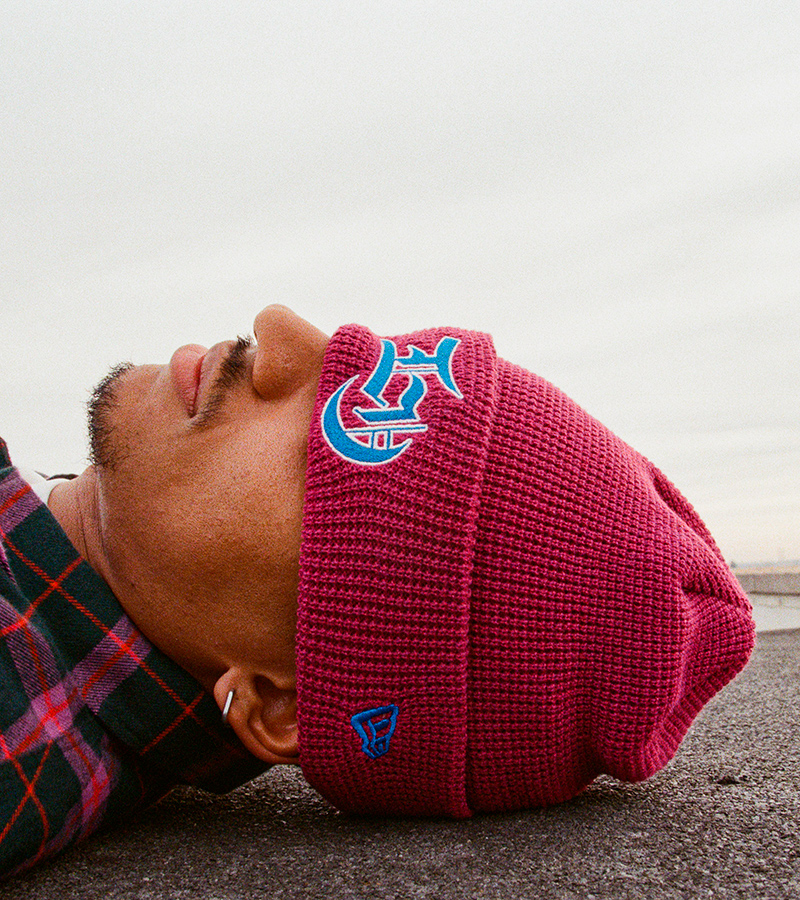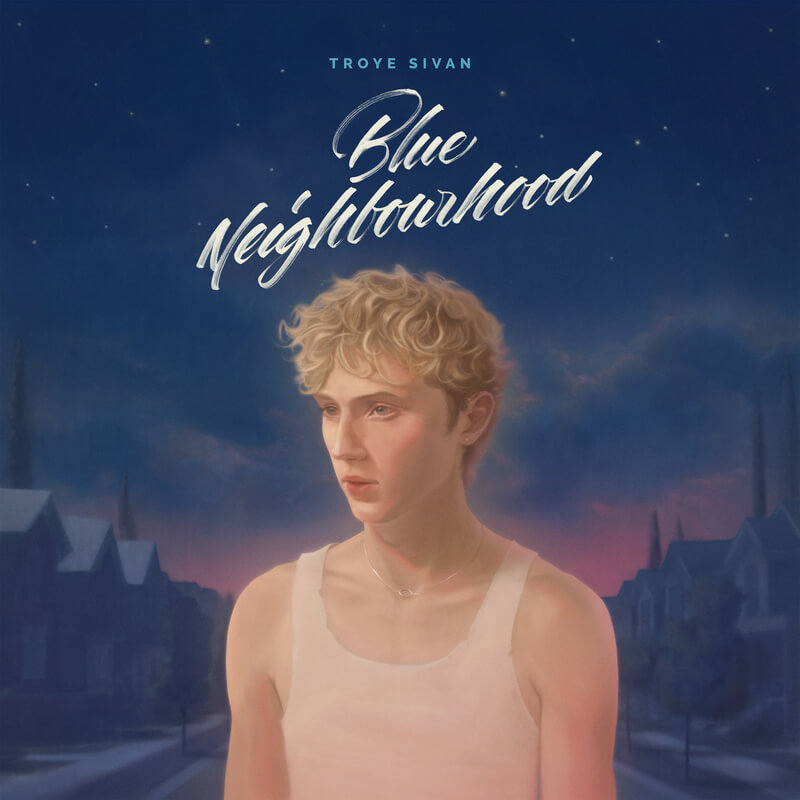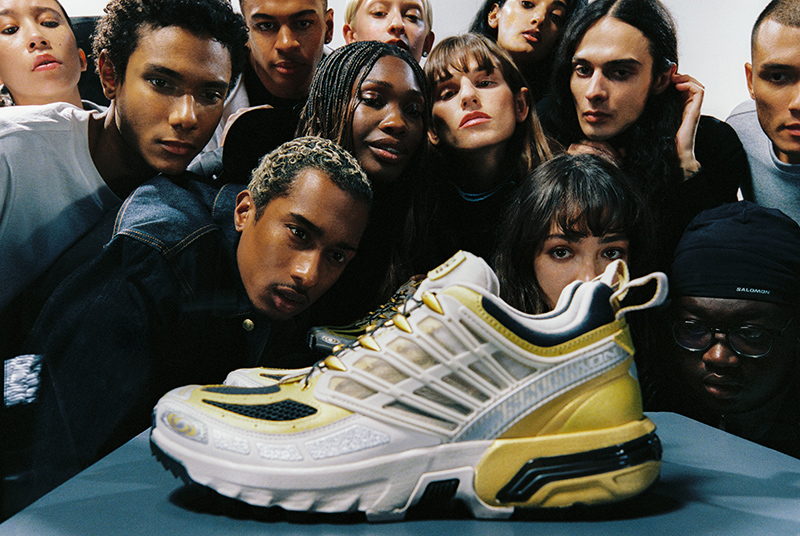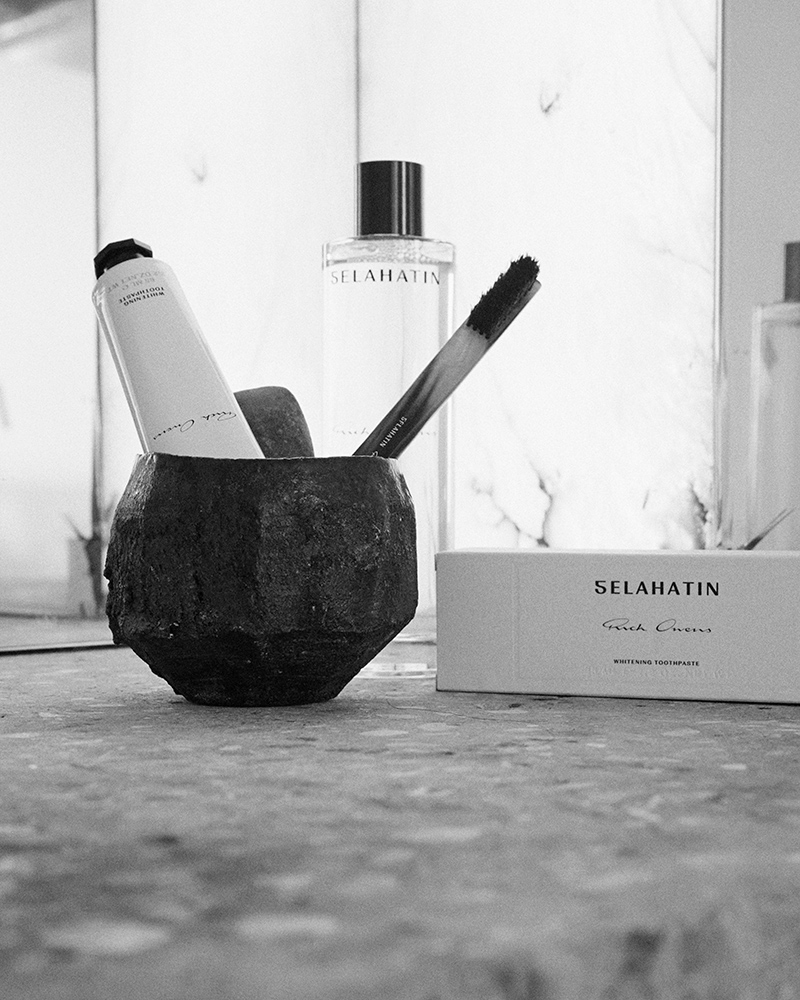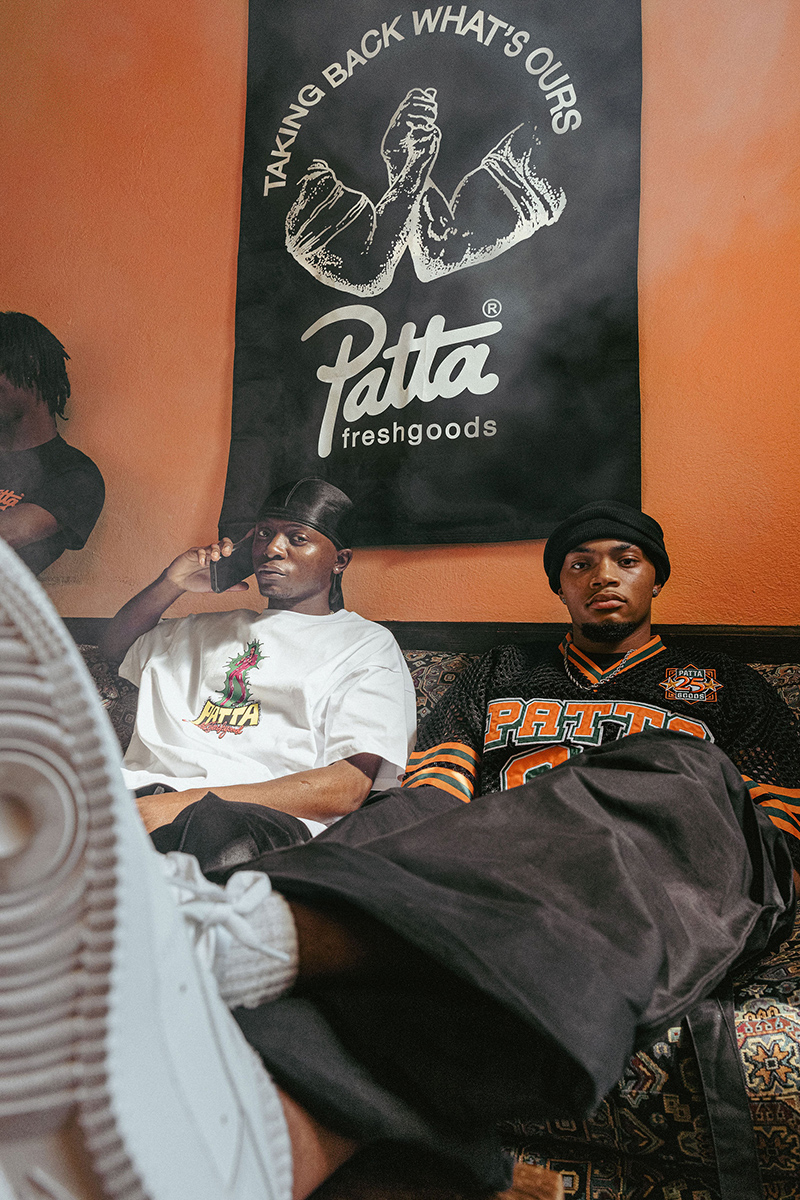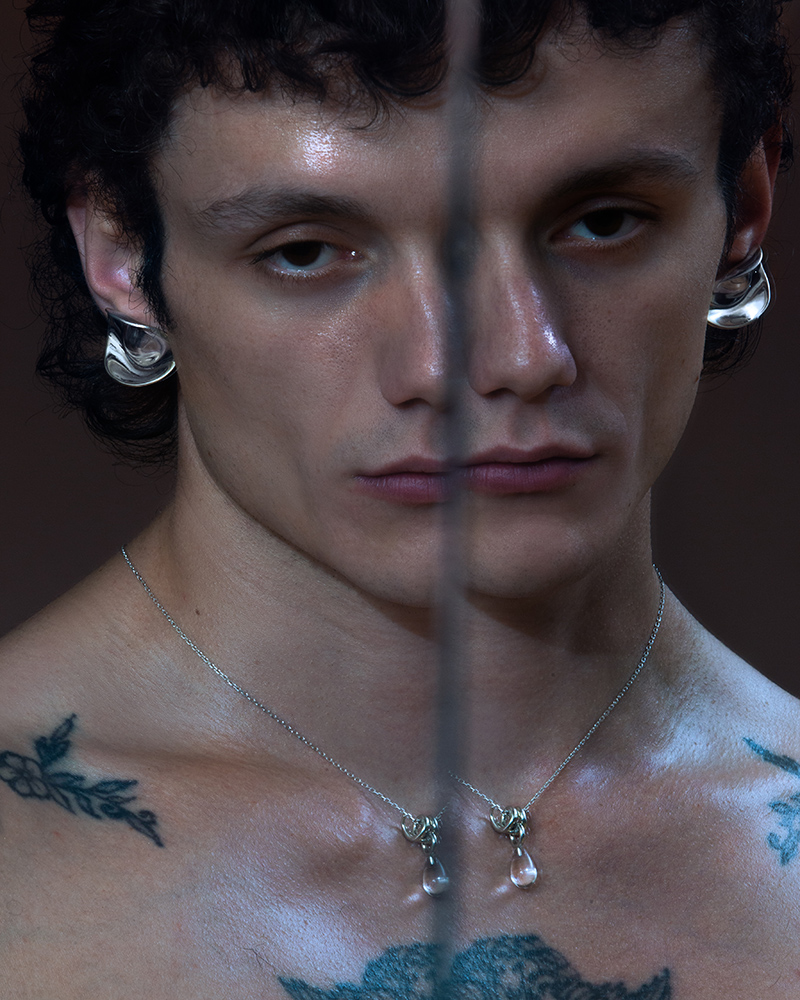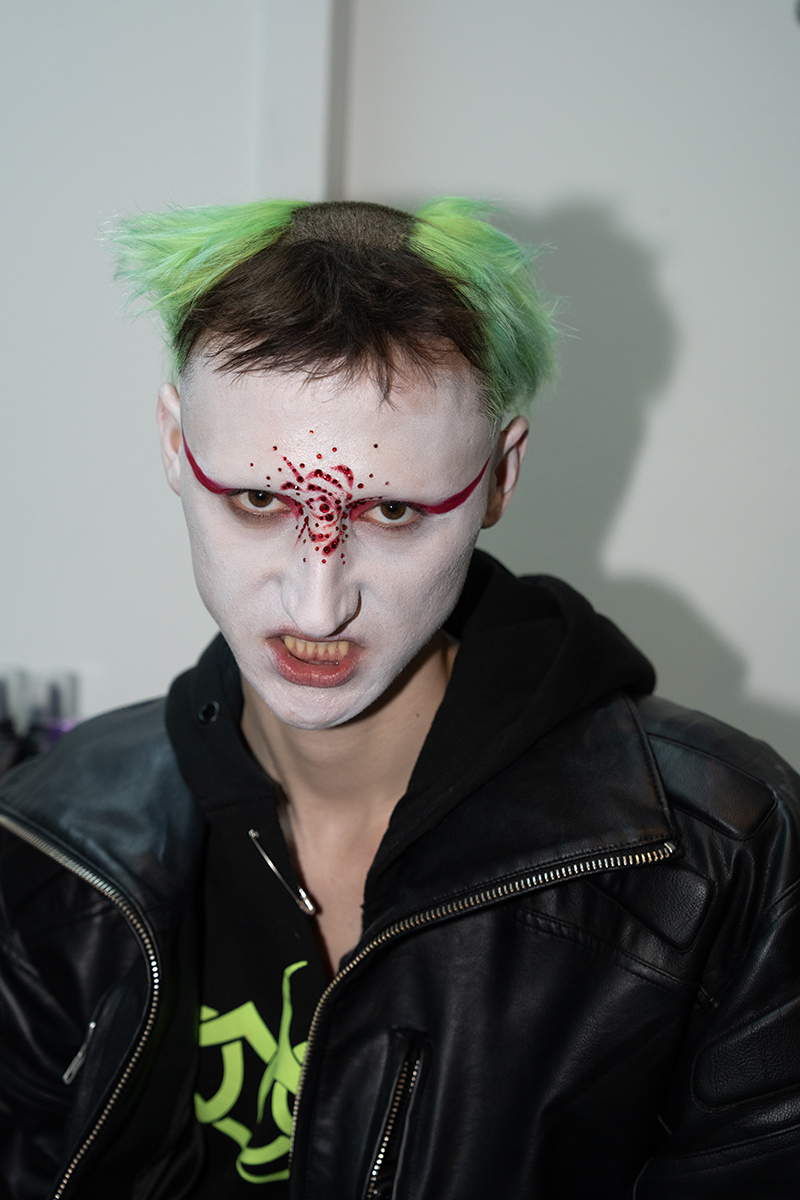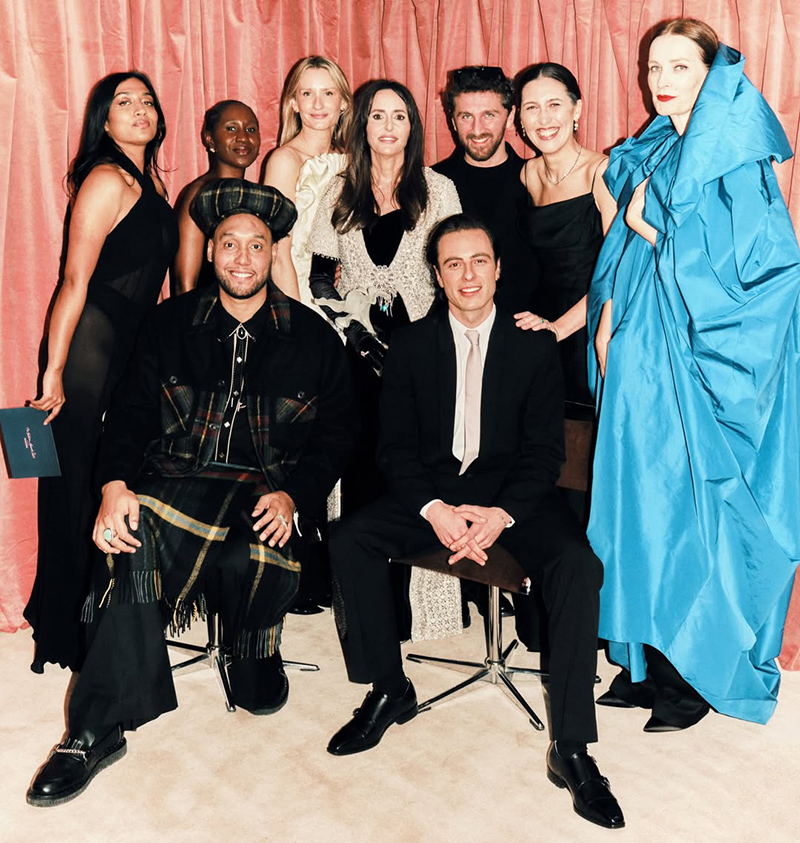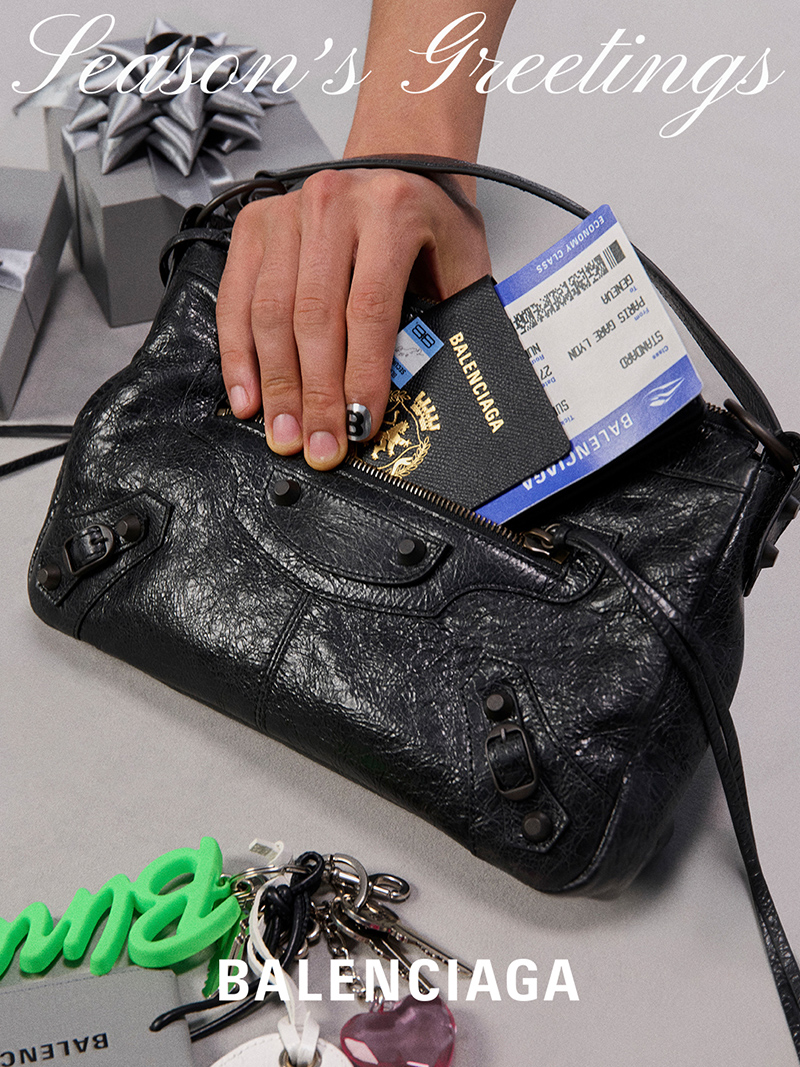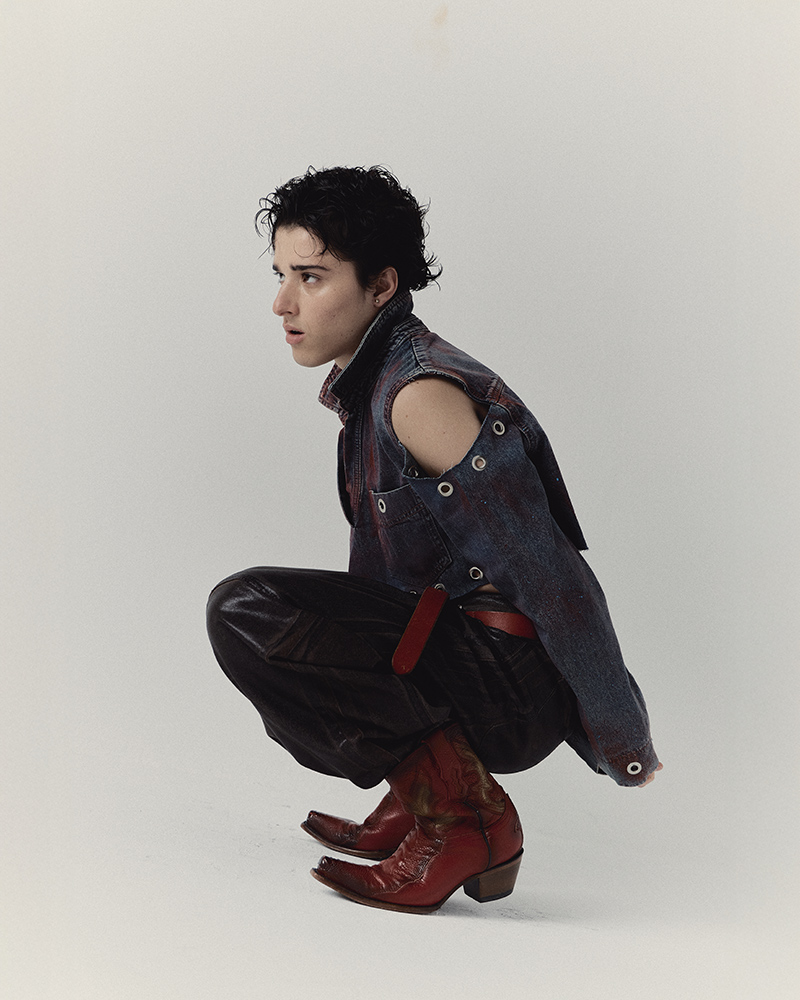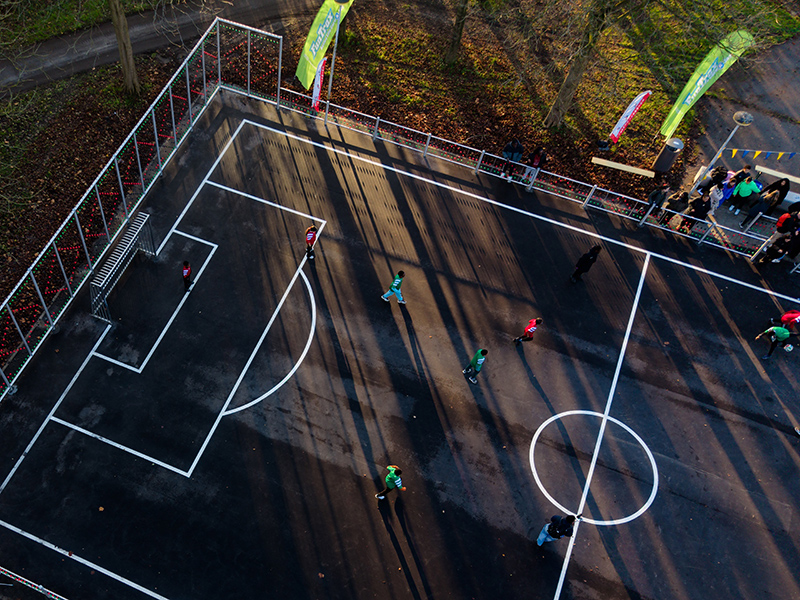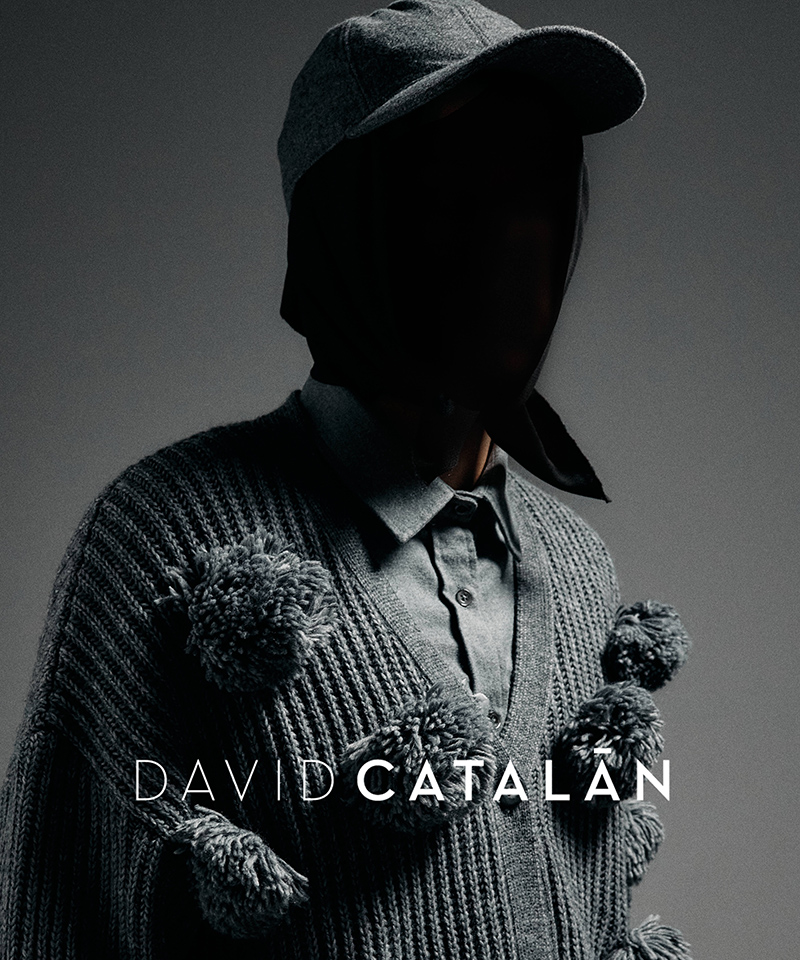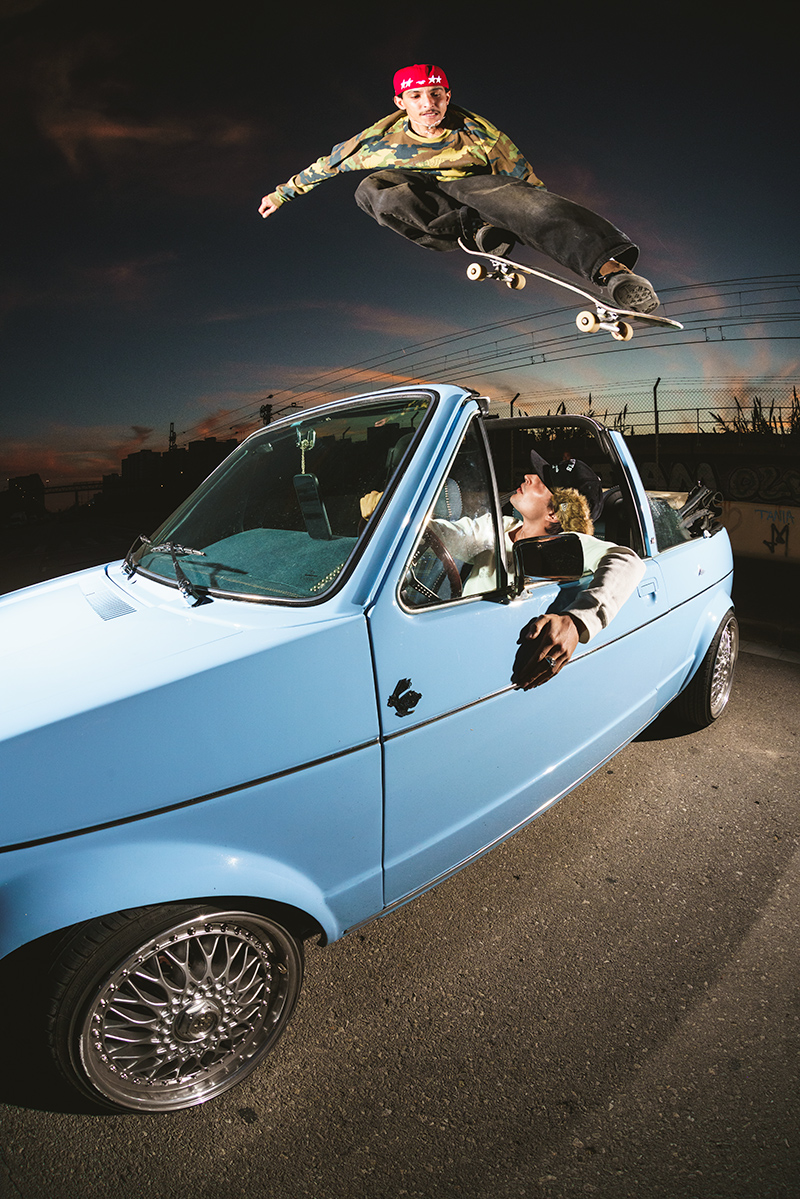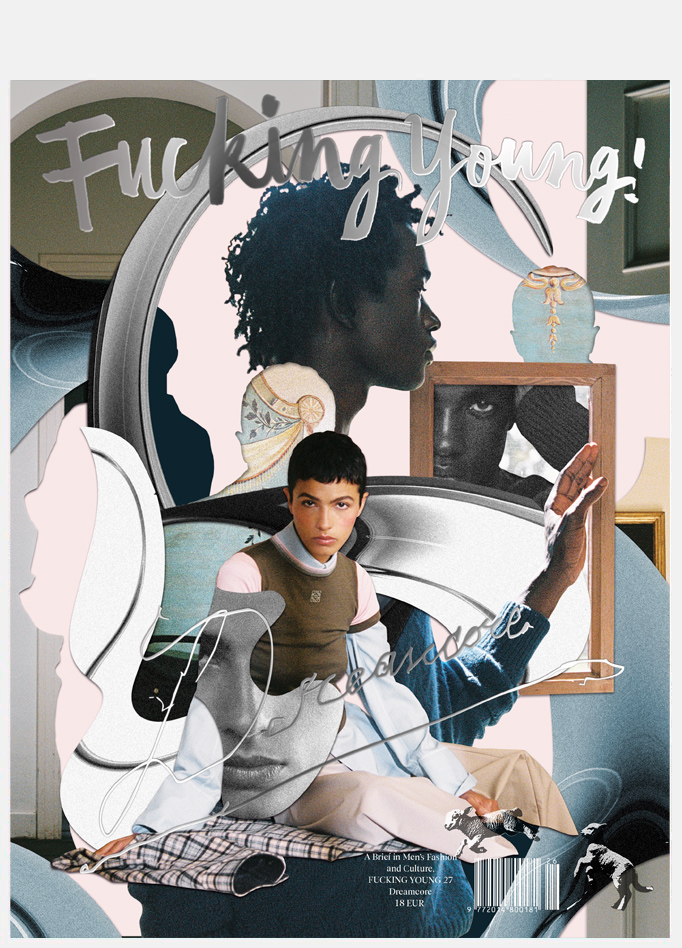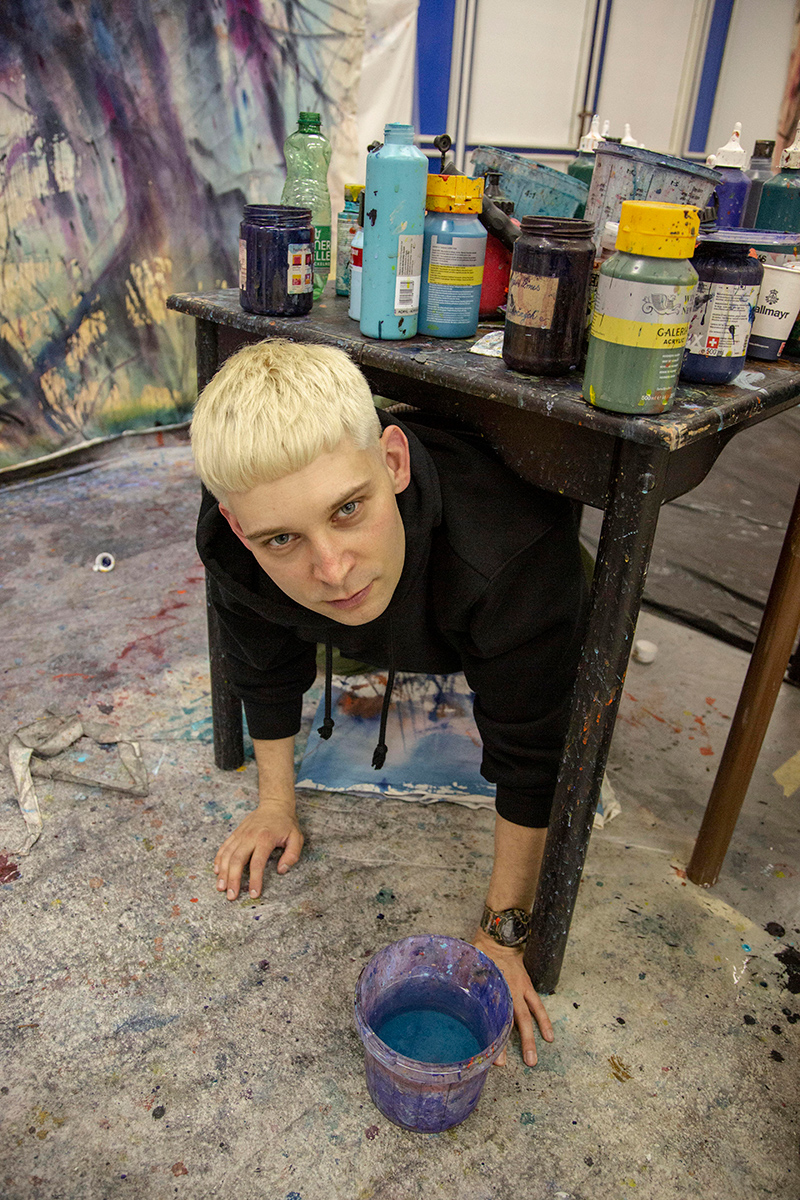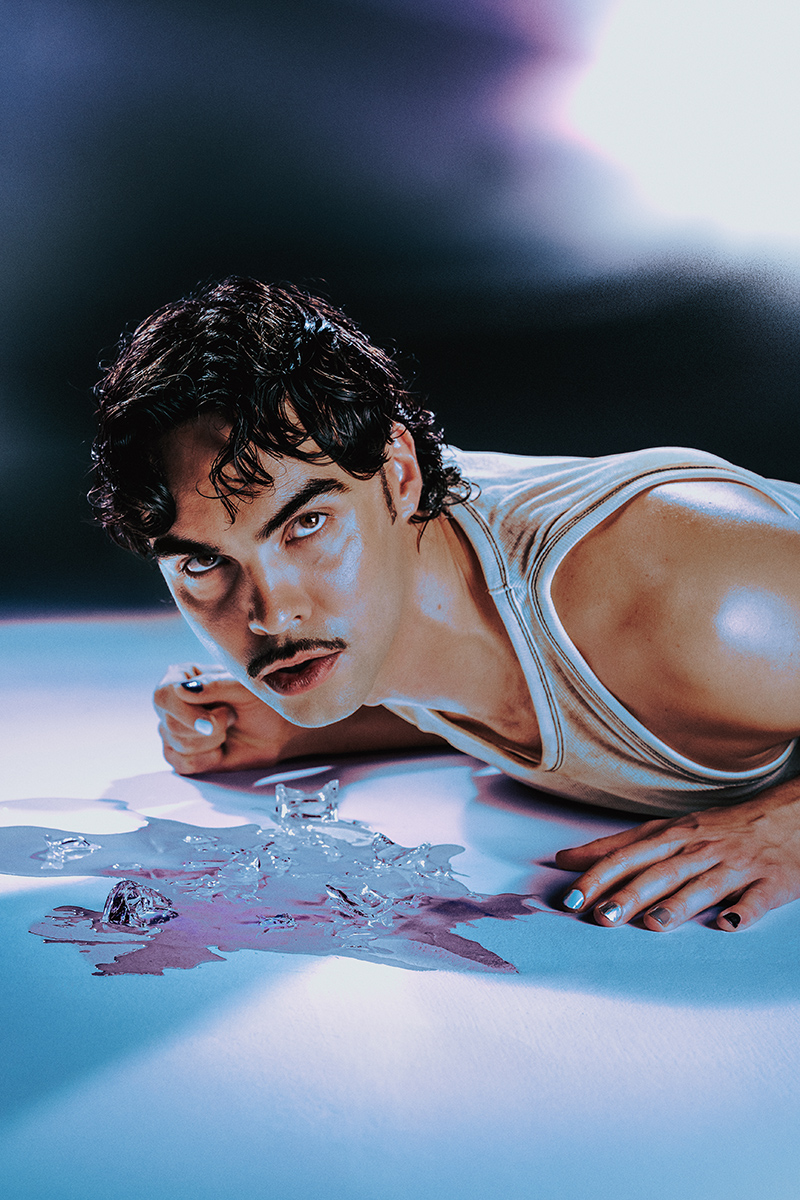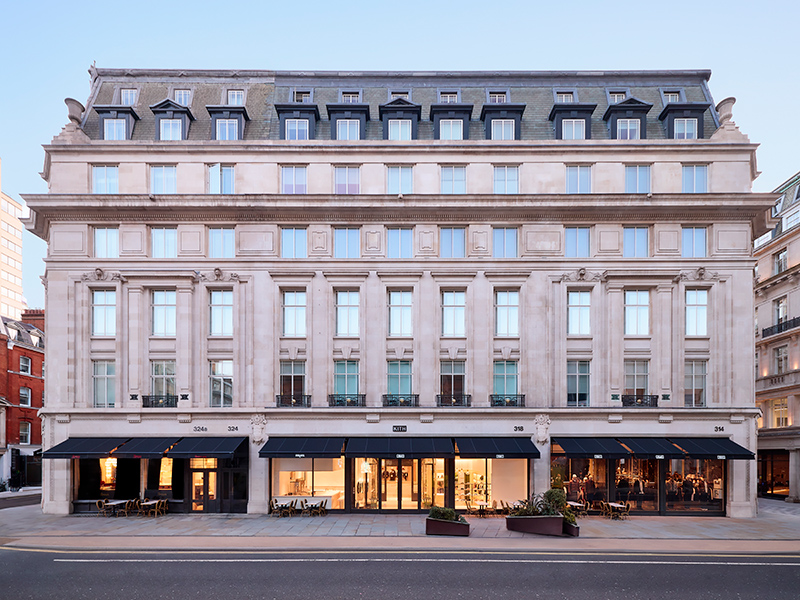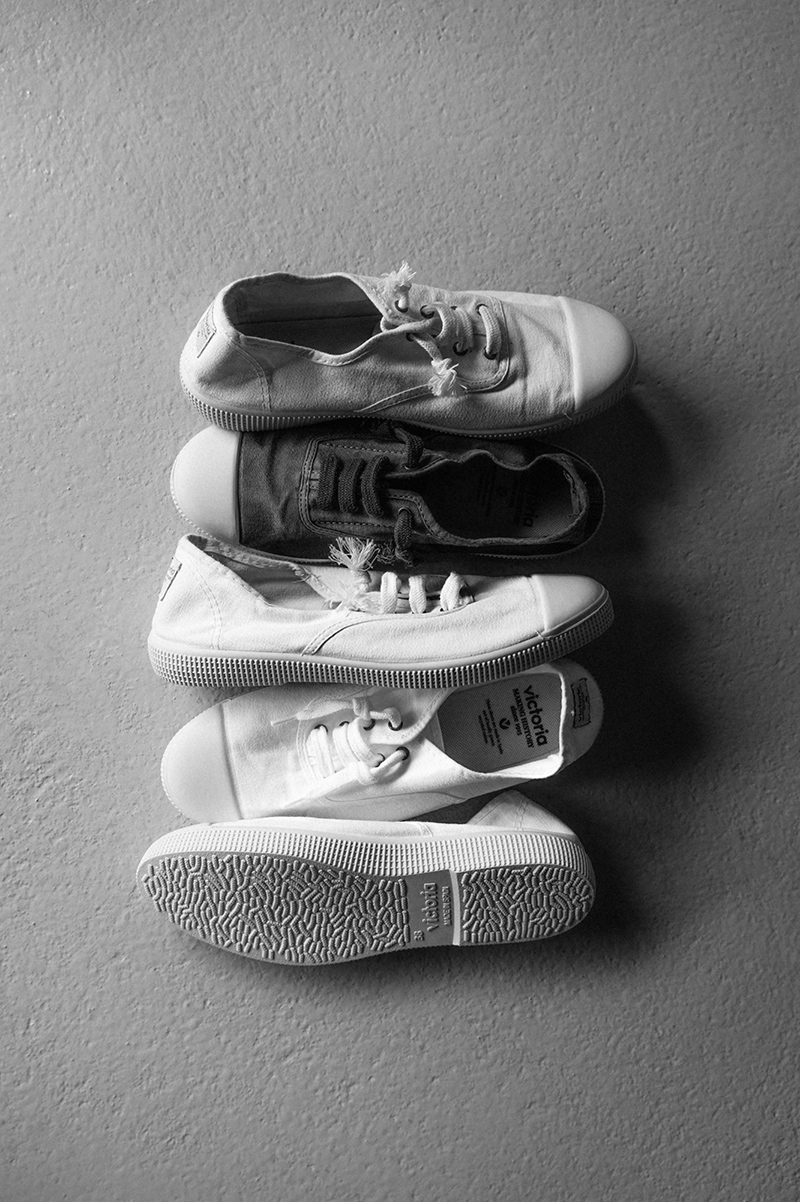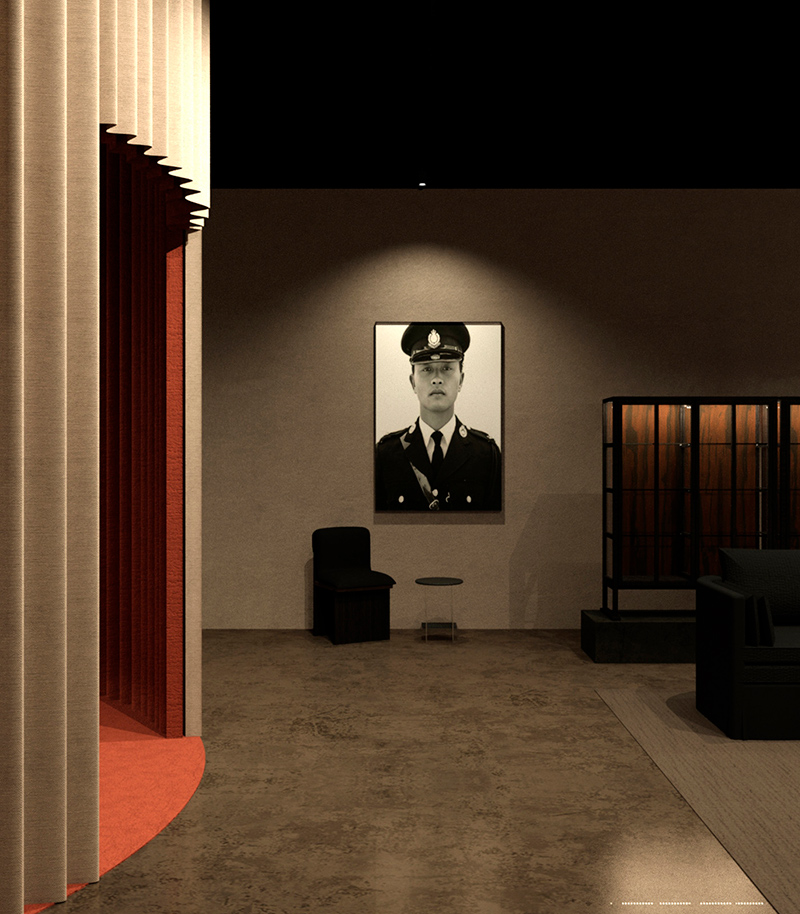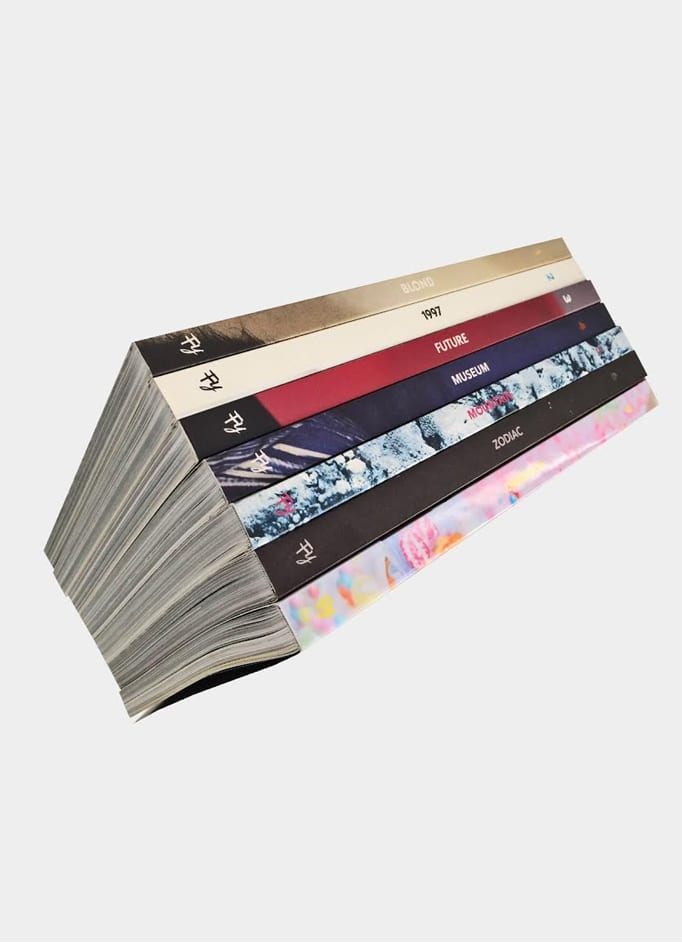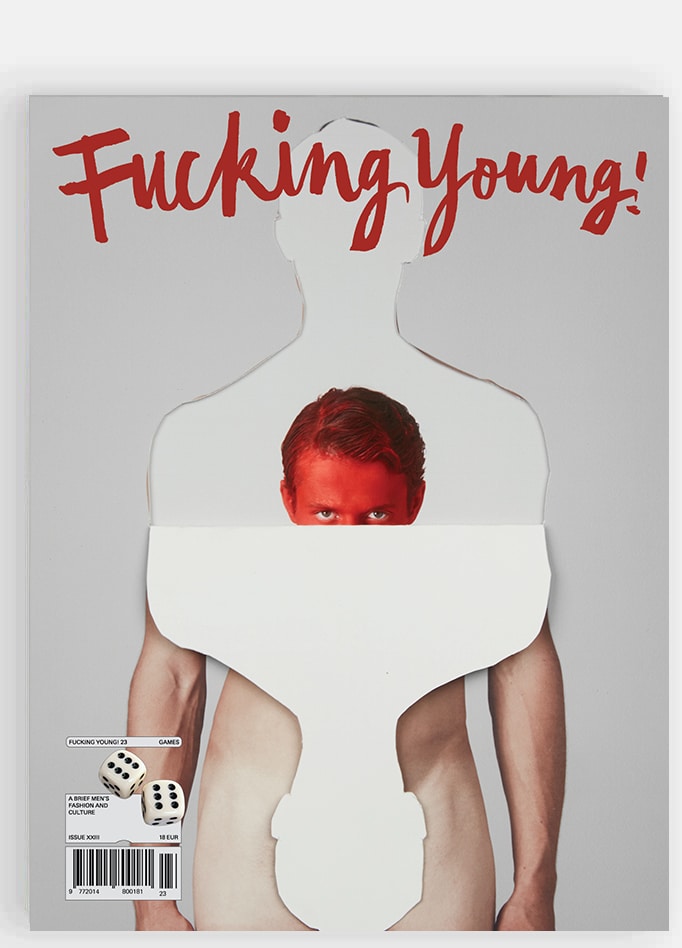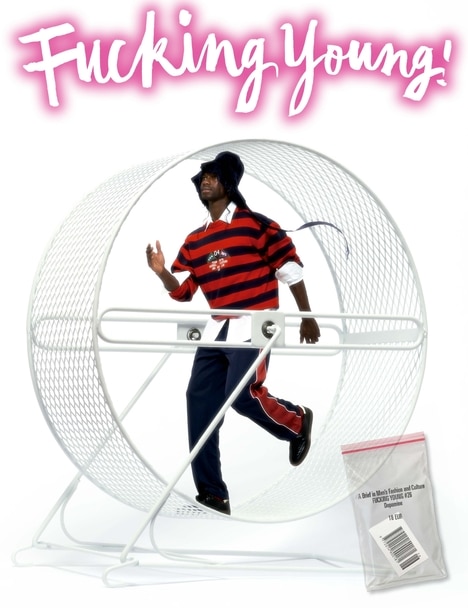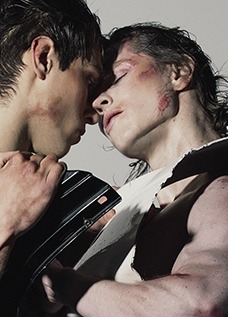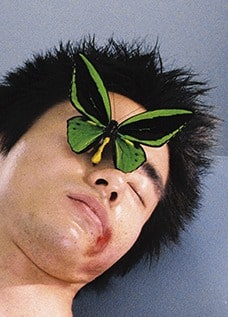
Fashion is about new ideas and creativity, but it is also one of the largest emitters of carbons. Conceived in 2020 by longtime Miyake menswear designer Yusuke Takahashi, CFCL has established a brand with purpose that believes environmentalism must be intersectional from body inclusivity to working conditions. Technology plays an essential role at the brand one example being the 3D, computer-developed knitwear using certified, sustainable polyester yarns, fit technology offers possible solutions to the scourge of apparel returns in landfills. CFCL has been defined as “a brand for the new era”, but it is also evolving with promises to revolutionize the 3D-computer knitting scene.
CFCL, which stands for “Clothing for Contemporary Life”, showed at Paris Fashion Week back in September, we caught up with Yusuke in Paris later in the fall. He is optimistic, a realist, and a solutionist. He knows not just problems in the industry, but our ever evolving lifestyles that needs innovative pieces not disposable ones.

You really push the boundaries of technology in the sphere of computer-developed knitwear using certified, sustainable polyester yarns and state-of-the-art technology, something that we didn’t grow up which makes me wonder when did fashion enter your life? Was it always an interest?
When I was a kid, I wanted to be an architect. My grandfather was an architect and a big influence on me, but in junior high school, I got into fashion from my friends. This was the time when Hara fashion was appearing on the scene and students wearing streetwear like A Bathing Ape or Undercover. Later, I discovered the designers that show in Paris. In high school, I had to think about my career path and what to major in at university. I couldn’t decide on one job, I wanted to do fashion, architecture, product design, and interior design. Once in Uni, I decided to major in textile design, because it was something that could be applied in many fields. I don’t call myself a fashion designer, because I’m thinking about specific products.

You are a designer in the whole sense of the word.
I’m very fond of Issey Miyake and Tokujin Yoshioka who are well-known in product and industrial design. When I saw Tokujin’s Honey-Pop Chair I researched his career and learned that he used to work at Issey Miyake’s studio as a designer. Perhaps I misunderstood, but I thought that if I joined Miyake’s studio one day, I could do both interior and fashion design.
Last year, you opened your flagship store in Omotesando. Were you hands-on with the store design and bringing your vision into the space?
The whole experience was like a dream come true, to design my own shop and work with an architect in all the details.

You approach design from several different angles. How was your experience with your ASICS collab? Was working with a trainer something new for you?
I designed shoes at Issey Miyake Men, but CFCL is relatively new and there is no reason for people to buy shoes from a knitwear brand which means that if we make shoes, we need to do it in collaboration with a company that has a strong history. It started because we planned to show during Paris Fashion Week which meant we needed to have shoes, that was the collaboration starting point. CFCL is a certified B Corp and the Ministry of Environment introduced us to ASICS because they are also making shoes with minimal greenhouse emissions. ASICS is more about performance and athletics, they wanted a brand to work with that focused more on lifestyle, but our B Corp certification was really our meeting point.
The most important subject of this collaboration was achieving minimal waste. It means that with every added element in the design process, we upcharge the emissions. The more you add, the more emissions. This is also the code for making clothes in the future, we have to design with minimal emissions in mind.

You spent nearly a decade as the Creative Director for menswear at Miyake. What inspired you to make that jump to find your own brand?
When I was a student, I always wanted to have my own brand, but it’s impossible after just graduating. When I entered Miyake, I thought I would start my own brand in a couple of years, but I found myself in the deep world of fashion especially Miyake’s work is very deep. My daughter was born in 2019, so my vision changed a bit. The industry has many different problems including the expectations of working overtime, the supply chain, production, etc. When I was a designer at Miyake, we only cared about the design process, but also how people work is an element to design. That was the main thinking behind establishing my brand.
Did you explore the 3D knitting at Bunka or during your time at Miyake?
I started with textiles and art criticism, so nothing with sewing and pattern making. When I started the graduate program at Bunka, all of the other students knew about stitching and patterns, so it was difficult for me to get good grades, but at the same time nobody was interested in knitting. I worked on the knit programs and needed to create at least ten designs in a year, while the design was difficult, the construction was just with the push of a button. Today, I apply this technique to no waste and use recycled materials. I see lots of potential in this area. I always used recycled materials at Miyake, but that wasn’t their sales point, their sales point was only creativity. Every brand needs to use recycled materials to push textile technology, a few brands can’t do it alone and that is why I make it a point at CFCL. If everyone uses recycled materials then we can develop variations of the yarn. We actually have recycled materials, so for us, it’s not a problem to source.
With the technology, it also means that you are able to make everything in Japan.
We don’t need to outsource the manufacturing and all of our fibers come from Japan-based brands. Many of our yarns come from Teijin brand Eco-Pet (100% PET bottles), we don’t see our products as plastic but rather think about how we make the blueprint for the future from existing plastics. We see solutions in some of Japan’s latest technology.

If we visited your atelier, do you see it more as a creative studio or laboratory?
We don’t have any textile stock or a cutting table, the only thing you will find is a chair, a table, and an iPad for my design to send to the knitting factories, but next year we will open our own laboratory with a machine. With the factories, we have to make a minimum, but with our own machine, we can be very creative and experimental.
What would you say are the core values of CFCL?
One of the biggest things Miyake taught me was the concept of designing for society because fashion design can be quite different from industrial products in the sense of adding aesthetic elements. I chose the name Clothing For Contemporary Life. Fashion is one of the most polluting industries and overproduction contributes to that, I had to ask why we even need to make new clothing. Clothing has no meaning, but if we make meaningful clothing with low impact it will continue to be worn in the future.
Timeless, future thinking. When you approach your collection, how does the creative process begin?
We start by defining what is Clothing For Contemporary Life. We define it as sophistication, easy to care for, comfort, and conscious. We are mostly making products with the computer program knit. Knitwear is usually casual, but we want to make pieces for any city living occasion. It’s easy to make sweaters with knitting, but more difficult than a suit. We also make everything machine washable, easy to dry and stretch to shape all bodies.
Is a one-size-fits-all part of your sustainable plan?
It allows us to reduce the stock and enter different markets as body shapes differ from Asia to the US for example. Our sizing is interesting, the width is the same but the length is different.

What are your iconic men’s pieces, something you want to explore every season?
Our Milan Rib series is made up of jackets, hoodies, and trousers all in 100% recycled polyester. Because our suit is machine washable and stretches, it’s a top seller and sells especially well in Italy.
No more dry cleaning!
You can’t find many designer brands that are machine washable.
Finally, why is it important for you to show here, at Paris Fashion Week?
Paris holds a special importance to me. I used to show in Paris when I was at Miyake, there’s a personal connection to the city. I feel as if I grew up in Paris in many ways. With CFCL’s focus on the environment and human rights, I need to show in Paris in order to be heard in the fashion industry. We think about what is new clothing for the future, but we need to show the world and Paris is that platform. Paris already has a history of the past 400 years in fashion, now we are thinking of the next 400.

